Home > ChatGPT-5: Finally Available, a Turning Point for AI?
For several years now, conversational artificial intelligence has become established across every field—from writing to programming, and including healthcare and education. This text generator and multimodal assistant from OpenAI has captured the world’s attention. While ChatGPT-4 (2023) had already set new benchmarks in understanding and reasoning, this new version claims to be the company’s greatest leap forward. According to OpenAI, GPT-5 would be its “most intelligent, fastest, and most useful” model. ChatGPT-5’s 2025 arrival was highly anticipated by industry experts, but what are its real contributions? Does this new version represent a true breakthrough or merely an incremental improvement?
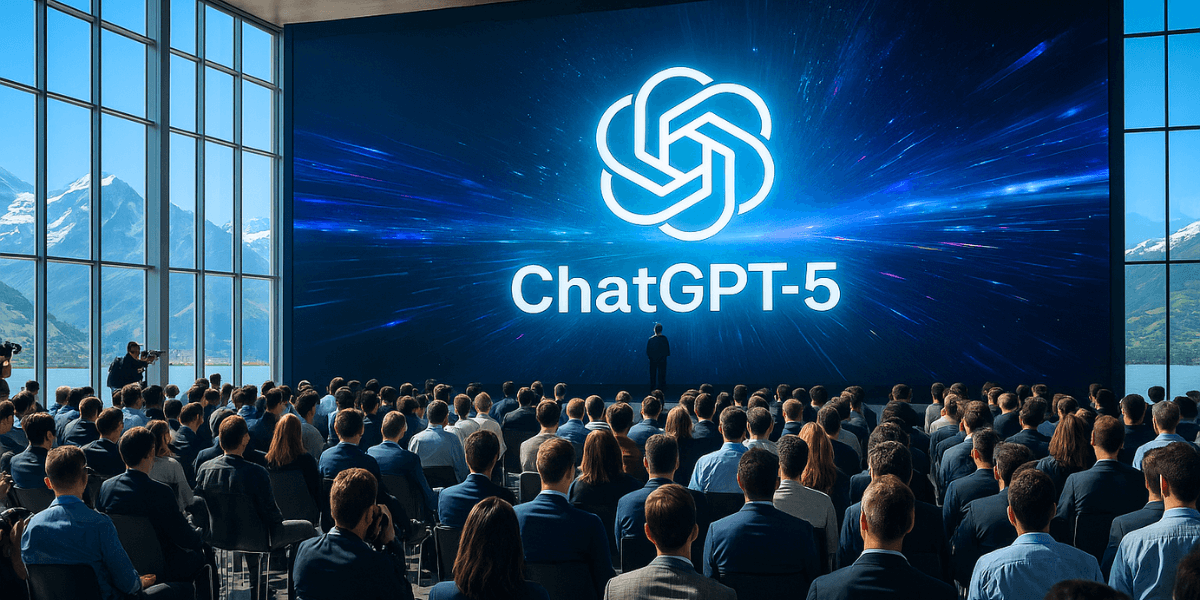
ChatGPT-5 stands out from its predecessors not simply through performance gains, but through real advances in contextual understanding, personalization, and integration into workflows. This version pushes AI toward even more intuitive use, suitable for all types of users, without requiring technical settings or complex model choices.
OpenAI presents version 5 as a “unified” model, able to automatically adapt to the level of complexity and specialization required for each request, further democratizing access to advanced artificial intelligence.
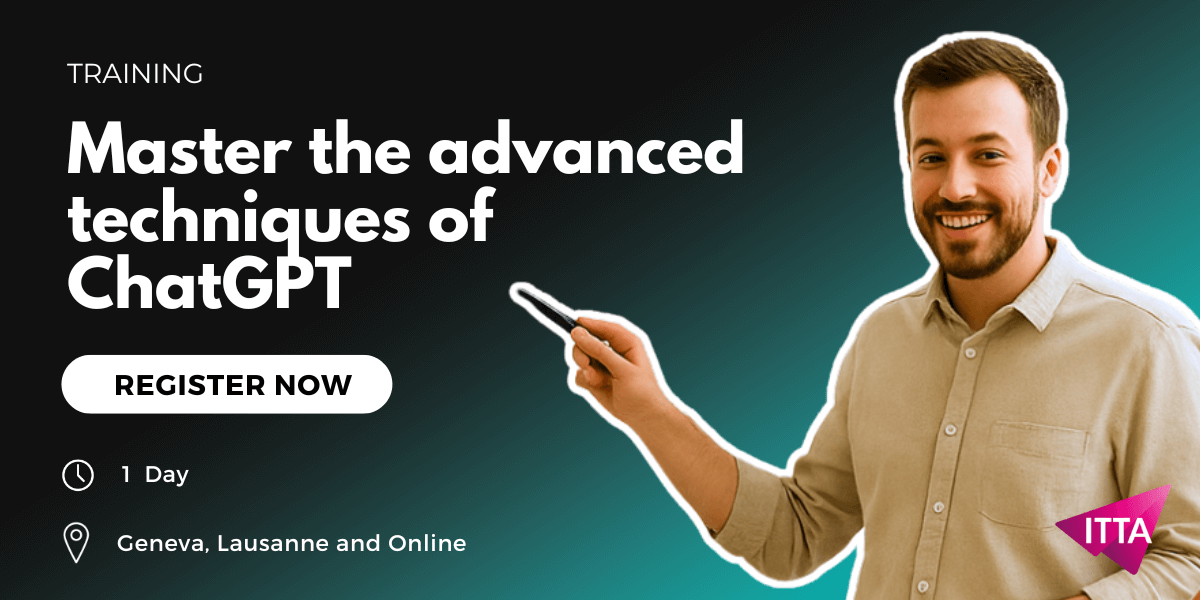
Earlier versions of ChatGPT were often criticized for “hallucinations,” that is, generating inaccurate or unverified information. With GPT-5, several journalists and industry experts report a notable improvement in reliability and consistency of responses, particularly on complex tasks such as coding or scientific analysis (GetPassionfruit).
However, OpenAI has not published official, quantified data on reductions in factual or reasoning errors. Percentages sometimes mentioned in the press should therefore be considered speculative rather than validated benchmarks. This caution is essential to avoid over-interpreting unconfirmed figures.

GPT-5 introduces an optimized architecture with an expanded capacity for contextual processing. OpenAI has not officially disclosed the number of parameters, but several analysts believe it far exceeds GPT-4. This scaling is accompanied by strengthened attention mechanisms and new reasoning strategies (Tom’s Guide).
The model now supports up to 1 million tokens of context in some cases, compared to 128,000 for GPT-4o. This means GPT-5 can retain, reason over, and link much larger volumes of data or text—transforming long-tail applications such as legal-file analysis and scientific research.
GPT-5 is not only faster on simple tasks; it can also trigger “deep” reasoning on complex requests without human intervention. It can handle multi-step workflows reliably and quickly, whereas GPT-4 often required switching models or restarting the sequence (Tom’s Guide).
The ability to work with very large context windows (files, conversations, research) enables ChatGPT-5 to deliver more precise analyses with fewer omissions, and to outperform some competitors such as Claude Opus 4.1 on front-end or analytical tasks (Digidop).
GPT-5 can assess its own certainty: it can indicate when it does not have a reliable answer, rather than producing an invented one. This progress is crucial for fields where reliability is essential, such as healthcare, law, or public administration.
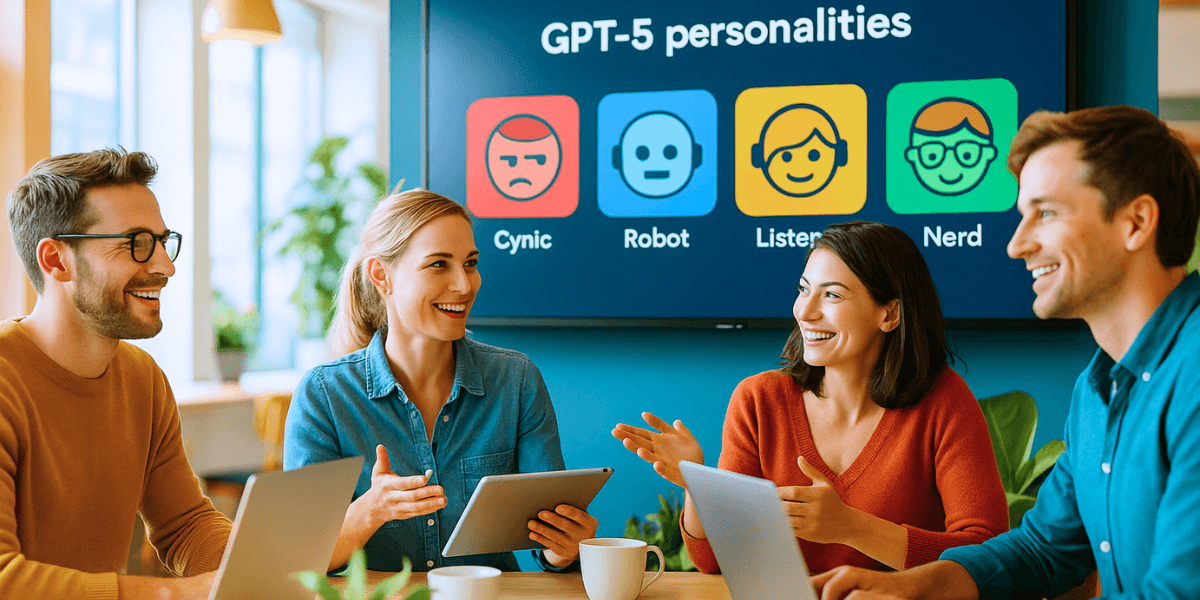
To maximize GPT-5’s value while limiting risks, favor a progressive approach: scope use cases, run a POC, then industrialize with proper governance.
Cost and quotas: the free version of GPT-5 imposes stricter limits than before. The Plus plan remains offered at $20/month, while Enterprise or Teams plans are priced higher depending on volume and features (OpenAI Pricing).
Content still hallucinated: although the rate of factual errors is decreasing, a risk remains. Users should validate sensitive information.
Moderate progress according to some experts: Reuters notes that anonymous testers believe the jump from GPT-4 to GPT-5 is less impressive than from GPT-3 to GPT-4 (reuters.com).
Availability and privacy: integration with cloud services raises questions about data protection. The Swiss regulatory framework for AI is still evolving, which can create uncertainty (swissinfo.ch).
For developers, GPT-5 becomes a coding partner. It can generate web applications, suggest fixes, or document code. A substantial time saver and a true programming assistant.
Thanks to its improvements in text generation, GPT-5 is better suited to creating marketing content. Fortune explains that the texts produced are more engaging than those from GPT-4 (Fortune). According to CorpIn, 65% of Swiss companies view AI as a strategic success factor, but only a minority measure results precisely (corpin.ch).
Auto-routing and calendar integration open the door to more autonomous conversational agents. GPT-5 can handle bookings, analyze emails, and extract relevant information to improve customer service efficiency.
GPT-5 can help interpret medical results, suggest questions to ask a doctor, or explain complex concepts. However, as CBS News and Fortune remind us, it does not replace a professional and must be used with caution (cbsnews.com).

According to a study cited by CorpIn, around 65% of Swiss companies have integrated AI into their long-term strategy, but only 13% set measurable objectives and have genuine performance indicators (corpin.ch).
Swiss companies show a certain caution toward AI compared to other countries. Swiss firms appear more wary of legal risks and data protection. This caution, combined with a culture of consensus, may slow rapid adoption of GPT-5 but encourage more responsible deployments.
Adopting GPT-5 must also be accompanied by clear governance. Companies should define usage rules, ensure traceability of interactions, and comply with regulations such as the GDPR and Switzerland’s FADP. Regulated sectors (finance, healthcare, public administration) should strengthen audit and control mechanisms to avoid any risk of non-compliance.
ChatGPT-5 marks a major turning point in generative AI. The new unified architecture, reduced hallucinations, speed, and the ability to adapt automatically make this version an essential ally for Swiss stakeholders across all sectors. The advances are not only technical: they are centered on the user, transparency, and efficiency.
Beyond first impressions, evaluate GPT-5 using concrete criteria: factual accuracy, completeness, coherence, style, time to complete tasks, and escalation rate to an expert. For critical use cases, maintain a human review step and keep records (logging, references).
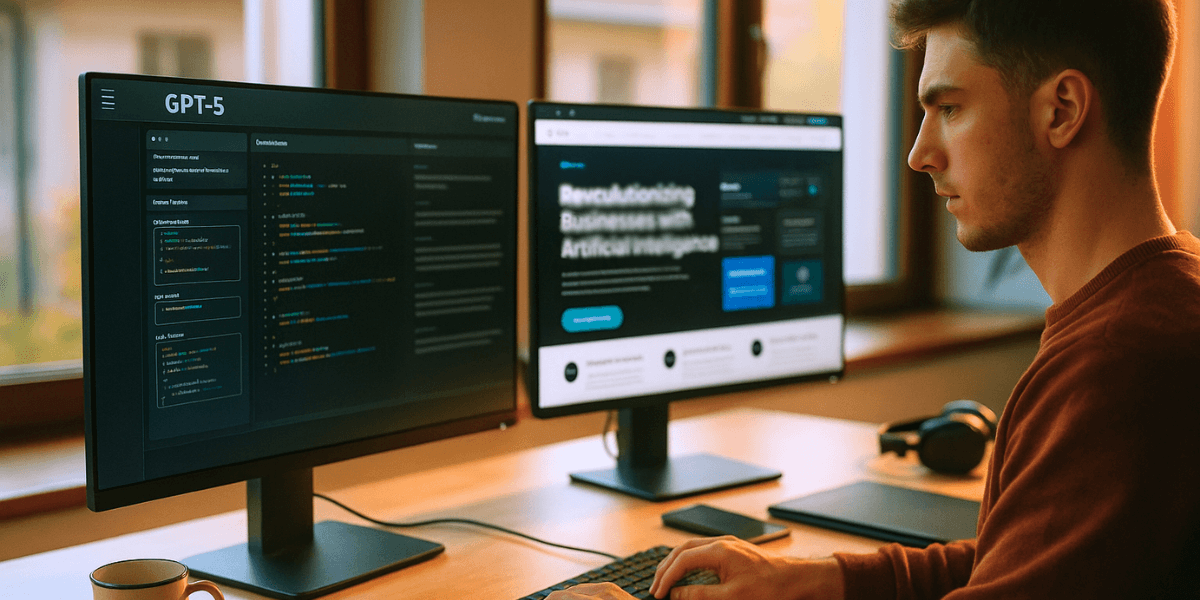
What are the main differences between GPT-4 and GPT-5?
GPT-5 delivers better contextual understanding, an expanded memory context (up to 1 million tokens in some cases), reduced factual errors, and advanced multimodal capabilities.
Is GPT-5 really more reliable than GPT-4?
Yes, but it is not infallible. Benchmarks indicate clear improvements on complex tasks, but human verification remains necessary for critical information.
Is ChatGPT-5 available for free?
A free version exists, limited to 10 messages per day. Paid plans offer more requests, advanced modes, and priority support.
How does GPT-5 protect my personal data?
OpenAI states that it does not use professional users’ conversations (via ChatGPT Enterprise or Teams) for training. Local regulations (GDPR, Swiss FADP) also impose strict rules, but it remains important not to share sensitive information.
In which areas can GPT-5 be most useful?
It performs well in software development, data analysis, content generation, customer service, and scientific research. Its multimodal versatility also opens the door to use in education, marketing, and medical assistance (with caution).

ITTA is the leader in IT training and project management solutions and services in French-speaking Switzerland.
Our latest posts
Subscribe to the newsletter
Consult our confirmed trainings and sessions
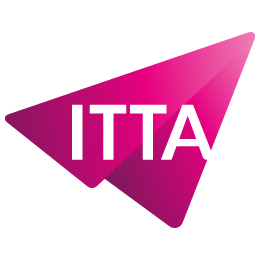
Nous utilisons des cookies afin de vous garantir une expérience de navigation fluide, agréable et entièrement sécurisée sur notre site. Ces cookies nous permettent d’analyser et d’améliorer nos services en continu, afin de mieux répondre à vos attentes.
Monday to Friday
8:30 AM to 6:00 PM
Tel. 058 307 73 00
ITTA
Route des jeunes 35
1227 Carouge, Suisse
Monday to Friday, from 8:30 am to 06:00 pm.